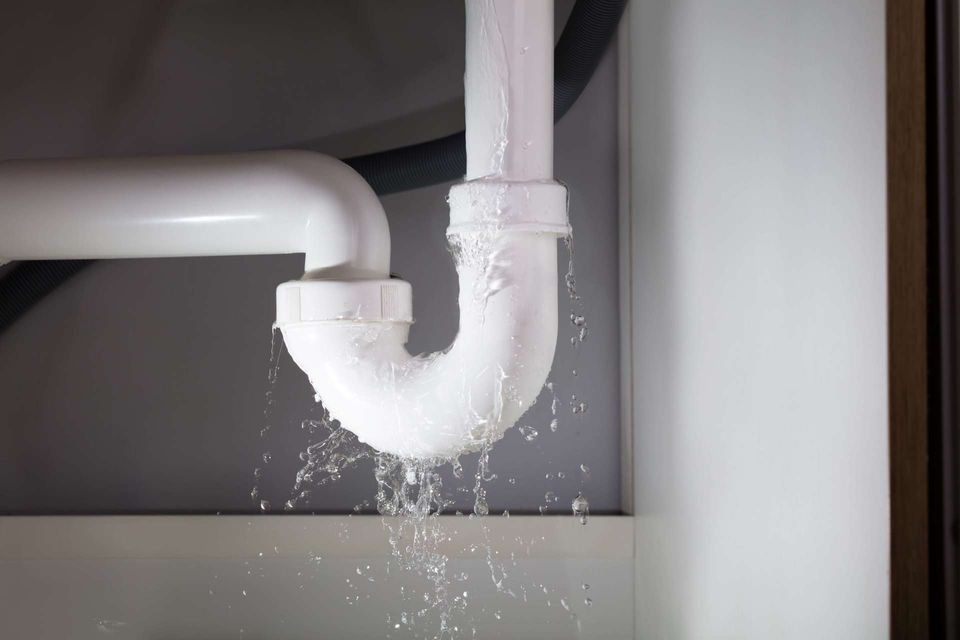Just how to Examine If Your Home Has a Concealed Leakage
Just how to Examine If Your Home Has a Concealed Leakage
Blog Article
We've uncovered the article involving Finding hidden leaks down the page on the web and believe it made good sense to write about it with you on this page.

Early detection of dripping water lines can minimize a prospective catastrophe. Some tiny water leakages may not be noticeable.
1. Check Out the Water Meter
Every home has a water meter. Inspecting it is a proven manner in which aids you uncover leaks. For beginners, switch off all the water resources. Ensure nobody will flush, use the tap, shower, run the cleaning device or dishwashing machine. From there, go to the meter and also watch if it will certainly alter. Given that no person is using it, there should be no activities. If it relocates, that shows a fast-moving leakage. If you spot no changes, wait an hour or two as well as inspect back again. This means you may have a slow-moving leak that can also be underground.
2. Check Water Consumption
If you spot sudden adjustments, in spite of your consumption being the exact same, it implies that you have leaks in your plumbing system. An unexpected spike in your costs shows a fast-moving leak.
On the other hand, a consistent rise on a monthly basis, despite the exact same behaviors, reveals you have a slow leakage that's additionally gradually rising. Call a plumber to thoroughly check your property, specifically if you feel a cozy area on your flooring with piping beneath.
3. Do a Food Coloring Examination
When it involves water intake, 30% originates from commodes. Test to see if they are running appropriately. Decrease flecks of food color in the tank as well as wait 10 mins. If the color in some way infiltrates your bowl during that time without flushing, there's a leakage between the tank and also bowl.
4. Asses Exterior Lines
Do not forget to examine your outdoor water lines too. Should water seep out of the connection, you have a loose rubber gasket. One tiny leak can waste heaps of water as well as spike your water expense.
5. Inspect and also Analyze the Scenario
Property owners should make it a behavior to check under the sink counters and also also inside cupboards for any type of bad odor or mold growth. These two warnings suggest a leak so punctual focus is called for. Doing routine assessments, even bi-annually, can save you from a significant trouble.
Examine for discolorations and deteriorating as the majority of pipes and home appliances have a life span. If you presume leaking water lines in your plumbing system, don't wait for it to escalate.
Early discovery of dripping water lines can mitigate a prospective catastrophe. Some small water leakages may not be visible. Checking it is a proven way that helps you uncover leakages. One small leakage can throw away bunches of water and also increase your water costs.
If you think dripping water lines in your plumbing system, don't wait for it to escalate.
WARNING SIGNS OF WATER LEAKAGE BEHIND THE WALL
PERSISTENT MUSTY ODORS
As water slowly drips from a leaky pipe inside the wall, flooring and sheetrock stay damp and develop an odor similar to wet cardboard. It generates a musty smell that can help you find hidden leaks.
MOLD IN UNUSUAL AREAS
Mold usually grows in wet areas like kitchens, baths and laundry rooms. If you spot the stuff on walls or baseboards in other rooms of the house, it’s a good indicator of undetected water leaks.
STAINS THAT GROW
When mold thrives around a leaky pipe, it sometimes takes hold on the inside surface of the affected wall. A growing stain on otherwise clean sheetrock is often your sign of a hidden plumbing problem.
PEELING OR BUBBLING WALLPAPER / PAINT
This clue is easy to miss in rooms that don’t get much use. When you see wallpaper separating along seams or paint bubbling or flaking off the wall, blame sheetrock that stays wet because of an undetected leak.
BUCKLED CEILINGS AND STAINED FLOORS
If ceilings or floors in bathrooms, kitchens or laundry areas develop structural problems, don’t rule out constant damp inside the walls. Wet sheetrock can affect adjacent framing, flooring and ceilings.
https://www.servicemasterbyzaba.com/blog/how-to-detect-water-leakage-in-walls/

I am just very fascinated with Detecting hidden plumbing leaks and I am assuming you enjoyed reading the new blog entry. Sharing is nice. Helping people is fun. Thanks a lot for your time. Don't forget to check up our blog back soon.
Report this page